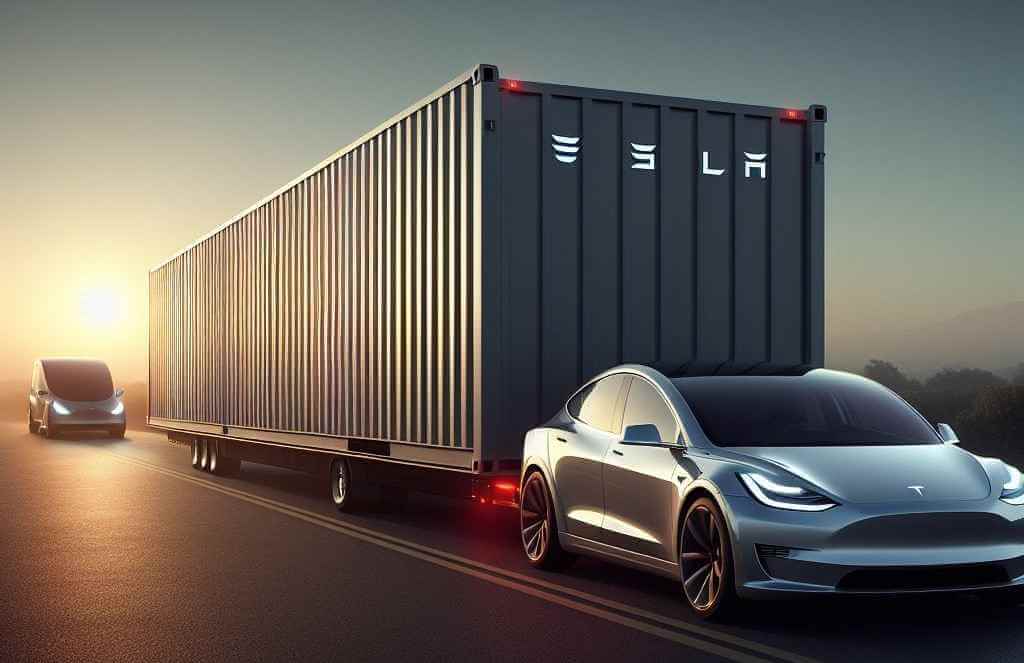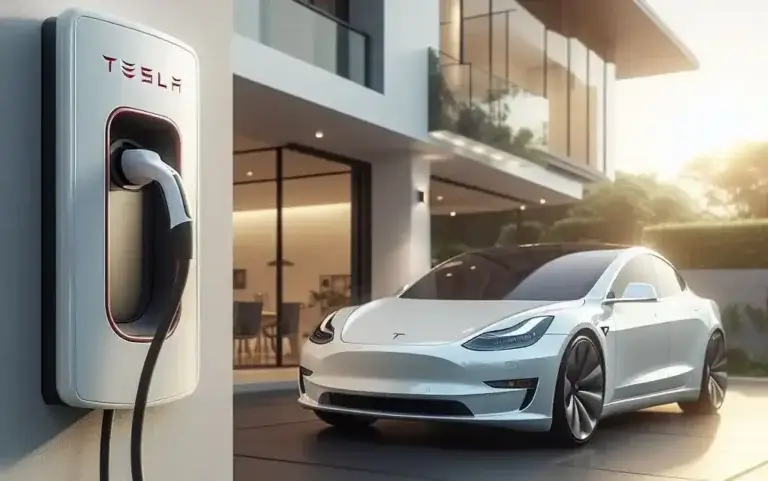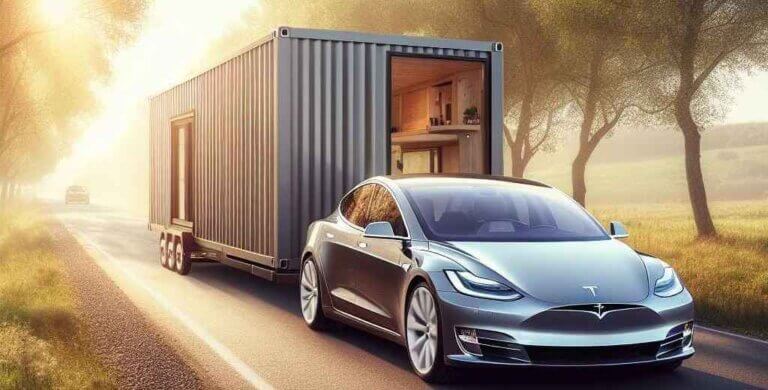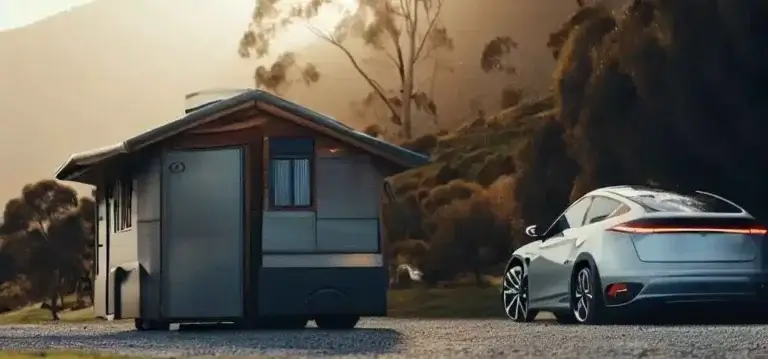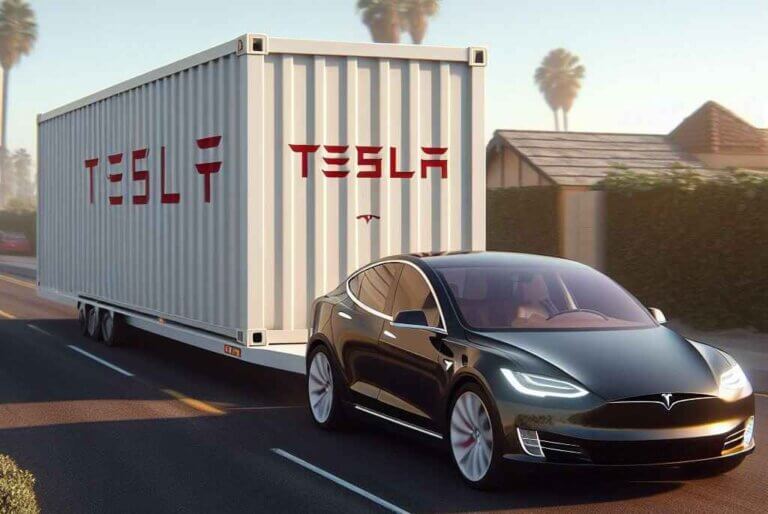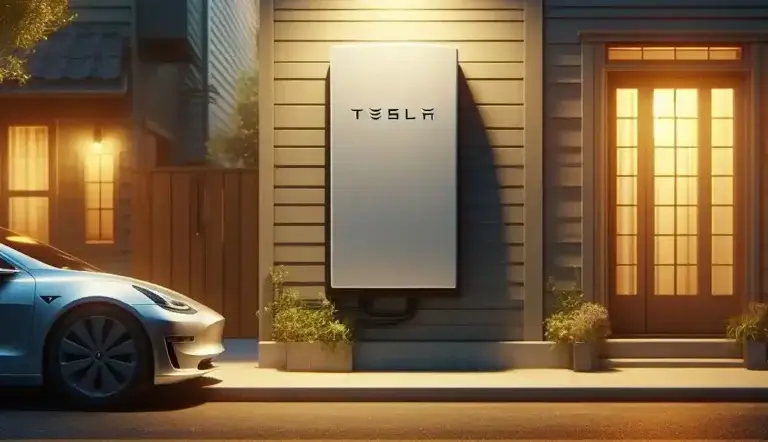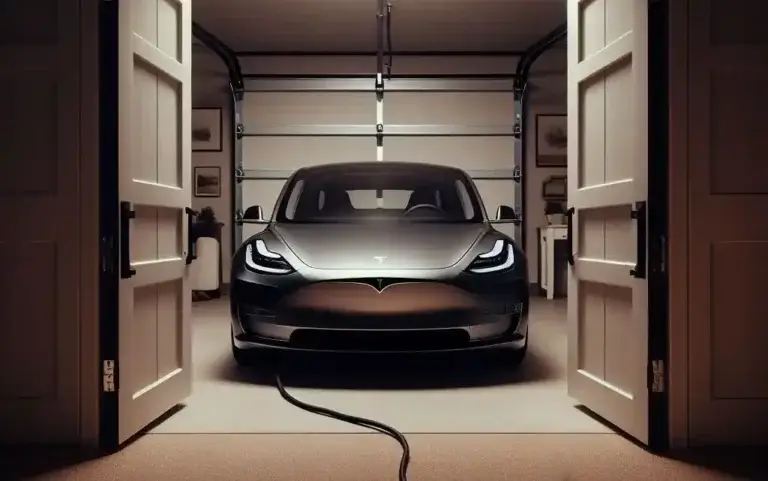Tesla Home Battery Systems: A Deep Dive
Tesla home battery systems are a popular choice for homeowners who want to reduce their energy bills, increase their energy independence, and live more sustainably. Tesla batteries are known for their high quality, long lifespan, and innovative features.
In this blog post, we will take a deep dive into Tesla’s home battery systems. We will discuss how they work, their benefits and drawbacks, their cost, and how to choose the right one for your needs. We will also provide information on installation, maintenance, and troubleshooting.
What are Tesla home battery systems?
Tesla home battery systems are lithium-ion batteries that can store electricity generated by solar panels or the grid. They can then be used to power your home during a power outage or to reduce your energy costs by using stored energy during peak hours.
Tesla offers two different home battery systems: the Powerwall and the Powerwall+. The Powerwall has a capacity of 13.5 kWh, while the Powerwall+ has a capacity of 14 kWh. Both systems can be stacked to provide even more capacity.
How do Tesla home battery systems work?
Tesla’s home battery systems work by storing electricity in lithium-ion batteries. Lithium-ion batteries are a type of rechargeable battery that is known for its high energy density, long lifespan, and low maintenance requirements.
Tesla home battery systems are DC-coupled, which means that they are connected directly to your solar panels. This allows you to store excess solar energy during the day and use it to power your home at night or during power outages.
Tesla home battery systems can also be used to power your home during grid outages. In the event of a power outage, your Tesla battery will automatically switch to backup mode and provide power to your essential appliances.
What are the benefits of Tesla home battery systems?
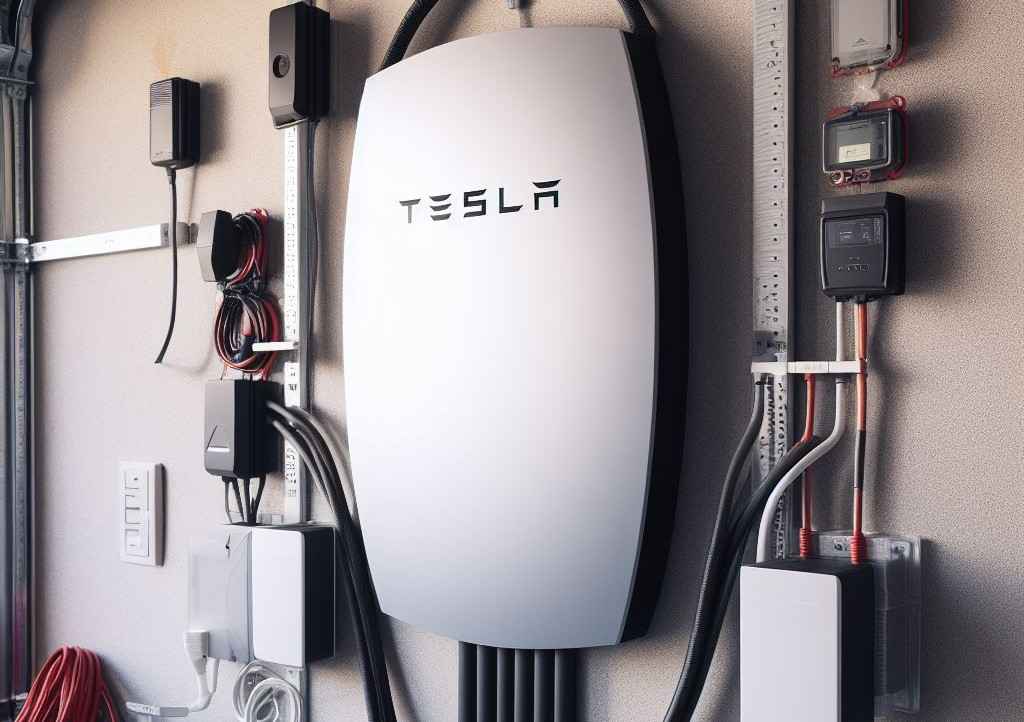
There are many benefits to having a Tesla home battery system. Some of the key benefits include:
- Reduce your energy bills: Tesla home battery systems can help you reduce your energy bills by storing excess solar energy during the day and using it to power your home at night or during peak hours.
- Increase your energy independence: Tesla home battery systems can help you increase your energy independence by allowing you to store and use your solar energy. This can be especially beneficial if you live in an area with frequent power outages.
- Live more sustainably: Tesla home battery systems can help you to live more sustainably by reducing your reliance on fossil fuels and increasing your use of renewable energy.
What are the drawbacks of Tesla Powerwall systems?
One of the main drawbacks of Tesla home battery systems is their cost. Tesla batteries are more expensive than some other brands of home battery systems. However, they are also known for their high quality and long lifespan.
Another drawback of Tesla home battery systems is that they require professional installation. This means that you will need to hire a licensed electrician to install your battery system.
How much does a Tesla home battery system cost?
The cost of a Tesla home battery system will vary depending on the size of the system and the location of your home. A single Powerwall battery costs $10,500, and a single Powerwall+ battery costs $12,500. However, Tesla offers discounts for purchasing multiple batteries.
In addition to the cost of the batteries, you will also need to pay for installation and other associated costs. The total cost of a Tesla home battery system can range from $15,000 to $25,000.
Is a Tesla home battery system worth it?
Whether or not a Tesla home battery system is worth it for you will depend on your circumstances. If you are looking to reduce your energy bills, increase your energy independence, and live more sustainably, then a Tesla home battery system may be a good investment for you.
However, it is important to weigh the costs and benefits carefully before making a decision. Tesla home battery systems are expensive, and you need to make sure that you will be able to save enough money on your energy bills to justify the investment.
How to choose the right Tesla home battery system for your needs
When choosing a Tesla home battery system, there are a few factors to consider:
- Your energy needs: How much energy does your household use daily? This will help you to determine the size of the battery system that you need.
- Your budget: Tesla home battery systems are expensive, so it is important to set a budget before you start shopping.
- Your location: If you live in an area with frequent power outages, you may want to consider a larger battery system.
How to install a Tesla home battery system
The installation process will vary depending on the size of your battery system and the layout of your home. However, there are some general steps that are involved in all Tesla home battery installations:
- Site survey: The first step is to schedule a site survey with a Tesla-certified installer. The installer will come to your home to assess your energy needs and determine the best location for your battery system.
- Permitting: Once the site survey is complete, the installer will apply for the necessary permits.
- Installation: Once the permits have been approved, the installer will begin installing your battery system. This process typically takes one to two days.
- Commissioning: Once the battery system is installed, the installer will commission it. This involves testing the system to make sure that it is working properly.
- Training: Once the battery system is commissioned, the installer will train you on how to use it.
Tesla home battery system maintenance and troubleshooting
Tesla home battery systems are low-maintenance systems. However, there are a few things that you can do to keep your system in good working order:
- Check the status of your battery system regularly: You can check the status of your battery system using the Tesla app. This will help you to identify any potential problems early on.
- Keep your battery system clean: Keep the exterior of your battery system clean and free of dust and debris.
- Avoid extreme temperatures: Tesla home battery systems are designed to operate in a wide range of temperatures. However, it is best to avoid exposing your battery system to extreme temperatures.
If you experience any problems with your Tesla home battery system, you should contact Tesla support immediately.
The future of Tesla home battery systems
Tesla is constantly innovating and improving its home battery systems. In the future, we can expect to see Tesla batteries with even more capacity, longer lifespans, and lower costs.
Tesla is also working on new ways to integrate its home battery systems with other renewable energy technologies, such as solar panels and electric vehicles. This will allow homeowners to create more efficient and sustainable energy systems.
Conclusion
Tesla home battery systems are a great way to reduce your energy bills, increase your energy independence, and live more sustainably. However, it is important to weigh the costs and benefits carefully before making a decision. Tesla home battery systems are expensive, and you need to make sure that you will be able to save enough money on your energy bills to justify the investment.
If you are considering a Tesla home battery system, be sure to get quotes from multiple installers and compare prices. You should also make sure that the installer you choose is licensed and insured.
Frequently Asked Questions
What is the future of Tesla home battery systems?
Tesla is constantly innovating and improving its home battery systems, with even more capacity, longer lifespans, and lower costs in the future. Tesla is also working on new ways to integrate its home battery systems with other renewable energy technologies.
What are the benefits of a Tesla home battery system?
Reduce your energy bills.
Increase your energy independence.
Live more sustainably.
What are the drawbacks of a Tesla home battery system?
Expensive.
Requires professional installation.

